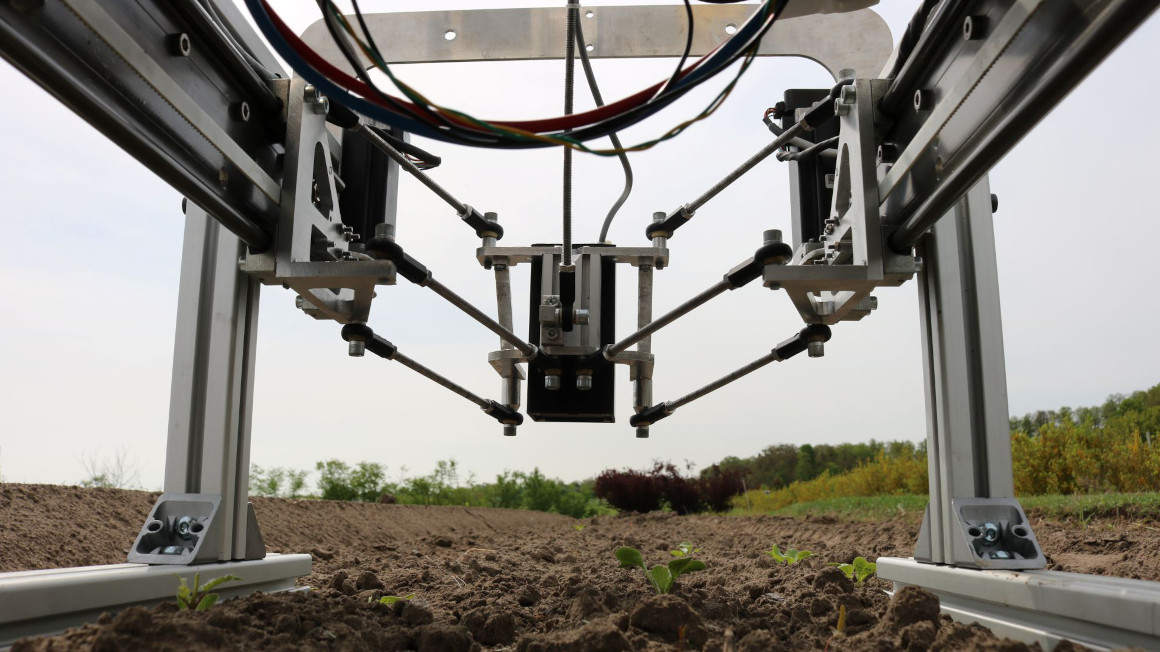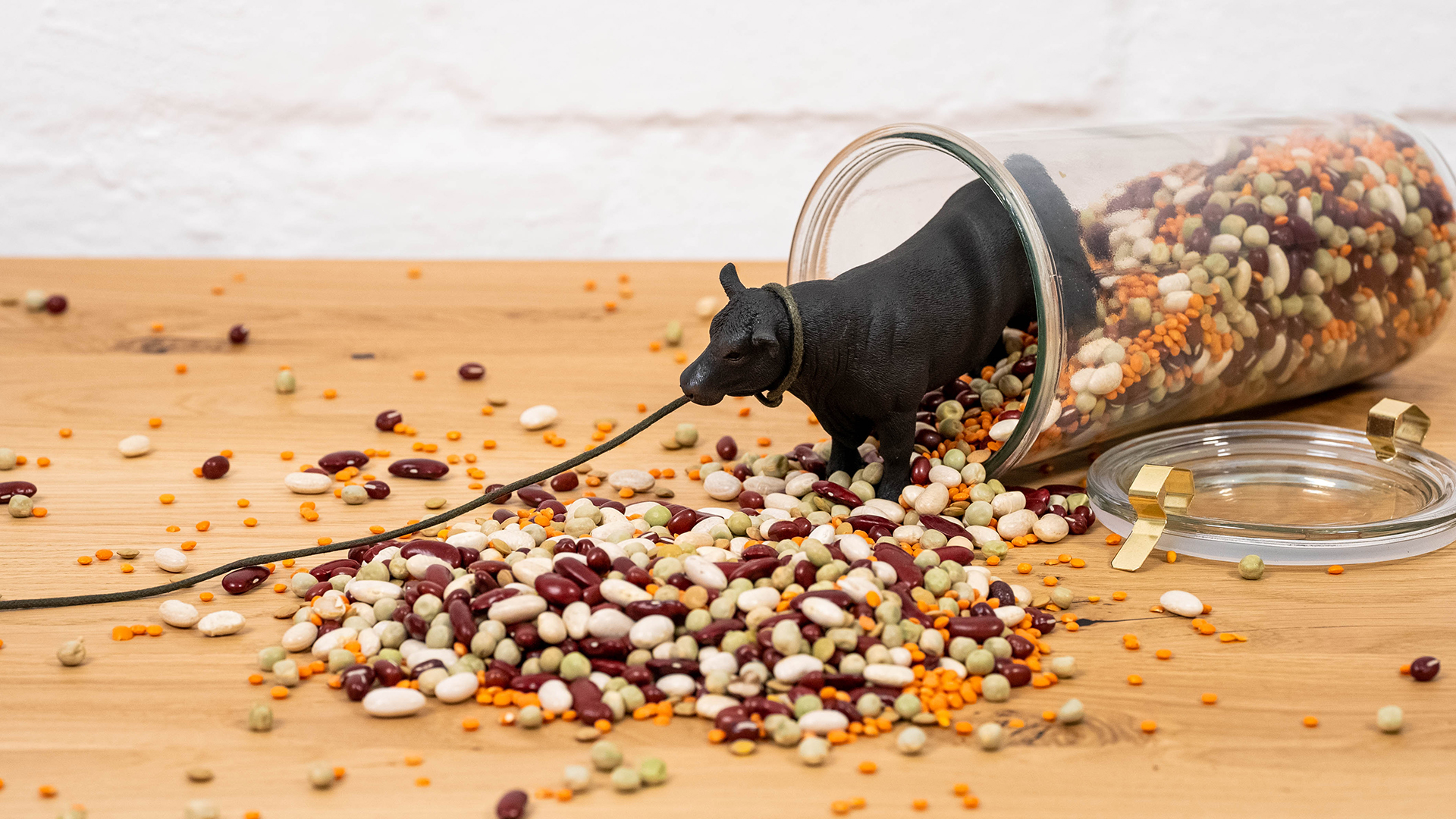Removing weeds with high-tech
Researchers at the Leibniz Institute for Agricultural Engineering and Bioeconomy in Potsdam are developing a laser module that removes weeds from fields with pinpoint accuracy.

Weed control is a major challenge in organic vegetable farming. Since chemical herbicides are not used, weeds usually have to be removed by hand. This work is very time-consuming and cost-intensive, especially on large areas. The JaetRobi project from the Leibniz Institute for Agricultural Engineering and Bioeconomy in Potsdam (ATB) and the Technical University (TU) of Berlin aims to remedy this situation: a module is set to make manual weeding a thing of the past.
AI and blue lasers
The principle of mechanical weed control works as follows: a module equipped with a camera on tractors or field robots takes pictures while driving. These are analysed in real time by an integrated computer using AI. It recognises weeds and controls a precise tool that removes the plants with pinpoint accuracy.
Blue diode lasers are used, as their light is particularly well absorbed by plant tissue. Unlike infrared lasers, blue light penetrates directly into the tissue, requiring less energy and preventing heat damage to the crops. This allows the laser to work very close to the crops. ‘Our application scenario focuses on weeds from the cotyledon stage to the appearance of the first true leaves,’ explains Karuna Koch, scientist at ATB and expert in computer vision and machine learning. ‘In order to be able to distinguish them precisely from carrots, for example, during the crossing, we have created an image database and trained an AI that now distinguishes weeds from carrots with 94 percent accuracy.’
Could promote biodiversity
lh


